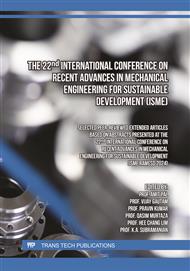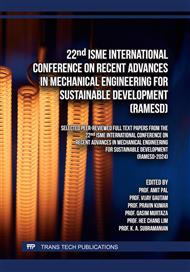p.3
p.13
p.29
p.41
p.53
p.65
p.79
Comparative Study of Four Transparent Hydrophobic Coatings for Water Saving Potential in Dust Cleaning Context of Solar Power Plants
Abstract:
Dust deposition may reduce the yield of the PV panels from 10-50% depending upon the amount of dust deposited, particle size and nature. To prevent loss of efficiency of power plant, cleaning of PV panels is generally required in one-two weeks and in summers during dust storms cleaning frequency needs to be increased. Generally, for cleaning de-ionised water is recommended which adds to the cost and even availability of ordinary water for cleaning is a problem with water scarce regions. In the world, most of the high solar potential sites which are ideal for solar PV power plant installation lie in water scarce regions. The attractive locations for solar energy in Asia and Sub-Saharan Africa are water stressed. Therefore, it becomes important to devise methods to reduce the water consumption in cleaning of solar PV panels in solar power plants. There are studies going on several methods, one such option is use of transparent hydrophobic coatings on the solar panel surface to reduce dust deposition and water used in cleaning. The present work is a step in the direction of estimation of reduction of water consumption with the use of transparent hydrophobic coatings. The present paper discusses the characteristics of dust particles deposited on the solar power plant at University of Kota, Kota, India location and compares the water use amount in cleaning dust on five glass samples. The five samples consist of four different transparent hydrophobic coatings available in market and one is the reference uncoated glass sample. Tests have been done and reported for transparency, dust deposition and water use amount in cleaning for the five samples. On the basis of the comparative study, the amount of water saving potential is estimated for solar power plants. The challenges in use of hydrophobic coatings have been discussed and scope for future work in this field has been examined.
Info:
Periodical:
Pages:
3-12
Citation:
Online since:
January 2025
Authors:
Keywords:
Price:
Сopyright:
© 2025 Trans Tech Publications Ltd. All Rights Reserved
Share:
Citation:



